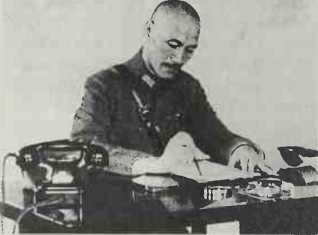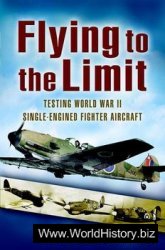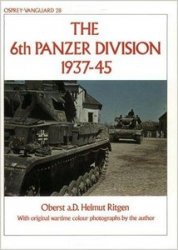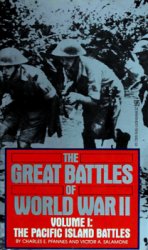
Chiang Kai-shek, Chinese nationalist
King. His rule was threatened by dissident elements within the army, communists and, most seriously, the Japanese, who occupied Manchuria in 1931 and attacked Nationalist China in July 1937. Chiang was driven back to Chungking, but recovered with US and British aid from 1941. His relations with the Western powers, particularly with Gen Stilwell, were often strained, however, and post-war he did not receive the assistance he had anticipated against the communists. Driven from the mainland in 1949, he proclaimed himself President of the Republic of China on Formosa (Taiwan), 1950. MS.
Chiefs of Staff. The British professional heads of the Navy, Army and Air Force and occasionally of others, e. g. the Chief of Combined Operations, acting together as a group to advise the government.
Chieu Hoi. The “Chieu Hoi” (“Open Arms”) program adopted by South Vietnamese President Ngo Dinh Diem in 1963 offered amnesty to soldiers and cadres on the communist side. The program’s greatest appeal was the prospect of escape from hardship that it held mainly for low-ranking personnel. Up to 1973 the program attracted nearly 160,000 “returnees” bearing 10,699 individual weapons and 545 crew-served weapons. However, the figures grossly overstated the program’s effectiveness. Many ostensible defectors were pro-Saigon civilians who collaborated with officials for a share of the reward, and the communists used the program to provide their cadres with legal cover or to infiltrate Saigon armed forces. The cia estimated that of 79,000 defectors in 1969—70, only 17,000 were genuine. WST.
China-Burma-India Theatre. US
Command that was largely concerned with the supply, training and transport provided to Nationalist Chinese forces during World War II.
Chindit Operations (Burma campaign, 1941—45). Based on Wingate’s concept of the Long Range Penetration Group, and conducted independently of fixed lines of defence. The name derived from the Chindwin river, which had to be negotiated on entry and exit from Japanese-held territory, and from the Chinthe (Burmese temple guardian) indentification worn by LRPG columns. His military superiors were unenthusiastic, but Wavell gave his support and Wingate was given a job-lot of troops to prove his ideas. In Operation “Longcloth” (February—May 1943) the columns marched to their objectives, supplied by airdrops. Penetrating 300 miles (480km) into northern Burma, they destroyed railway and other installations and clashed violently with Japanese patrols. One-third of the British infantry became casualties. The material results were disputed, but the operation did much to relieve the dismal spirits of the “forgotten army” in Burma. Churchill was delighted, and Wingate was given forces up to divisional strength for a second operation. For Operation “Thursday”, there were gliders to fly in all but one of the six brigades. But soon after it began, in March 1944, Wingate was killed in an air crash and command devolved upon Brig W D Lentaigne, who was out of sympathy with Wingate and his ideas. The Chindits were misused and were expected to go on fighting long after they were at skeleton strength. Placed under the command of Stilwell, they received no proper orders. The surviving Chindits were finally evacuated to India at the end of August 1944. Probably the most important consequence of the Chindit performance was to persuade the Japanese high command to launch a similar attempt at long-range penetration, the ill-fated Kohima-Imphal attack, which broke their reputation for invincibility. HT.
Chindwin river see burma campaign (1941—45).
Chinese Civil War (1926-1949). The establishment of a provisional republican government in 1911 brought no unity to China. The authority of Sun Yat-sen’s nationalist Kuomintang (kmt) in the south was challenged elsewhere by warlords seeking to establish a new dynasty or to secure independence in their own territories. In 1923, Sun contrived an anti-warlord alliance between the KMT and the Communist Party of China (cfc), but his death in 1925 and the accession to kmt leadership of the anti-communist Chiang Kai-shek increasingly strained the alliance.
The KMT and cpc at first cooperated in the “Northern Expedition” offensives of 1926-28, which by 1927 had curbed the warlords’ power south of the Yangtze and in Honan. But the growing political power of the cpc in the “liberated” areas alarmed Chiang: in 1927 he initiated a savage anti-communist purge that resulted, by 1930, in rival regimes: Chiang’s KMT-
Nationalist government at Nanking, and, farther south, the “Soviet Republic” centring on Nanchang, Kiangsi, headquarters of the People’s Liberation Army (pla) of Chu Teh and Mao Tse-tung.
Japanese activity in Manchuria prevented Chiang’s northern advance and he embarked on an anti-communist campaign to the south, launching five “extermination” offensives in 1930-34. With heavy losses on both sides, the pla was driven south: the fifth kmt offensive, late 1933, with a 700,000-strong German-advised force, a “scorched-earth” campaign including the massacre of the pla’s peasant supporters, ended in 1934 with the epic northern evacuation of the PLA to the mountains of Shensi {see long march).




 World History
World History









